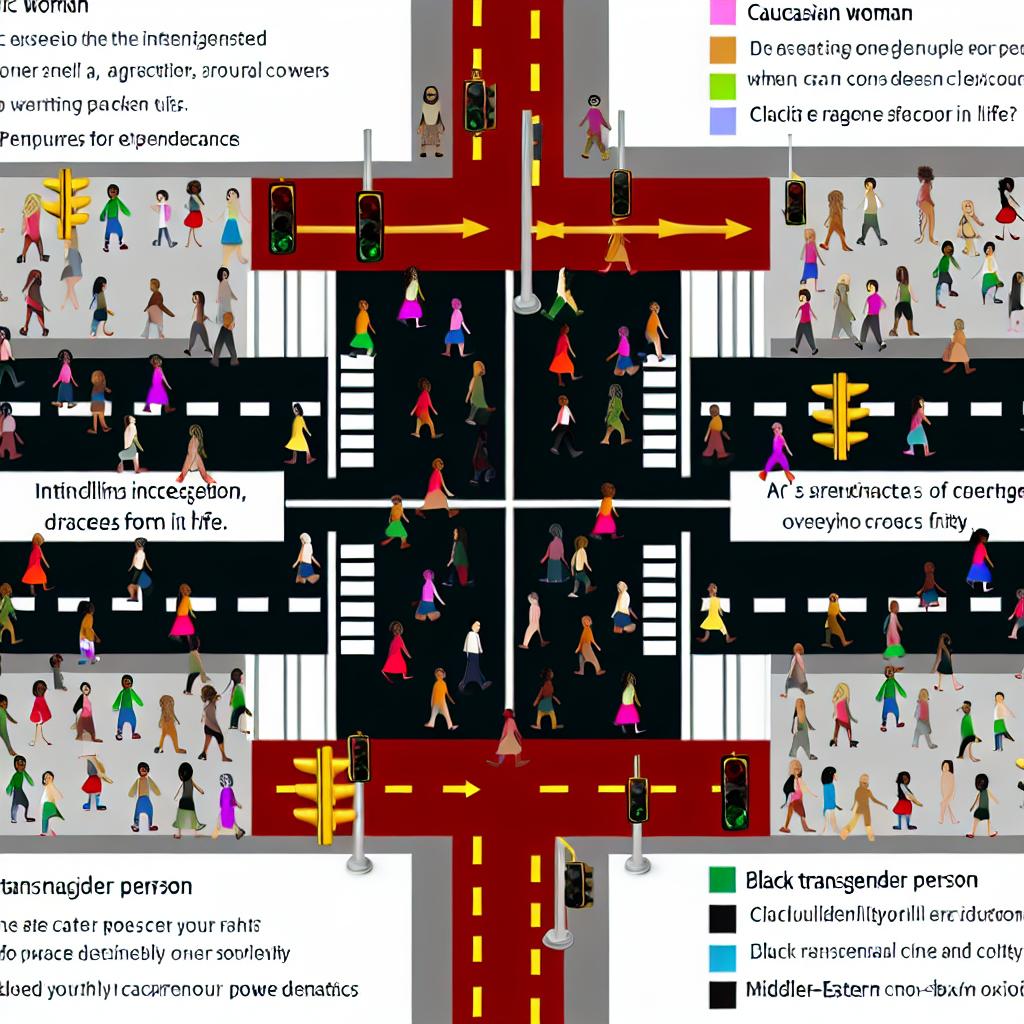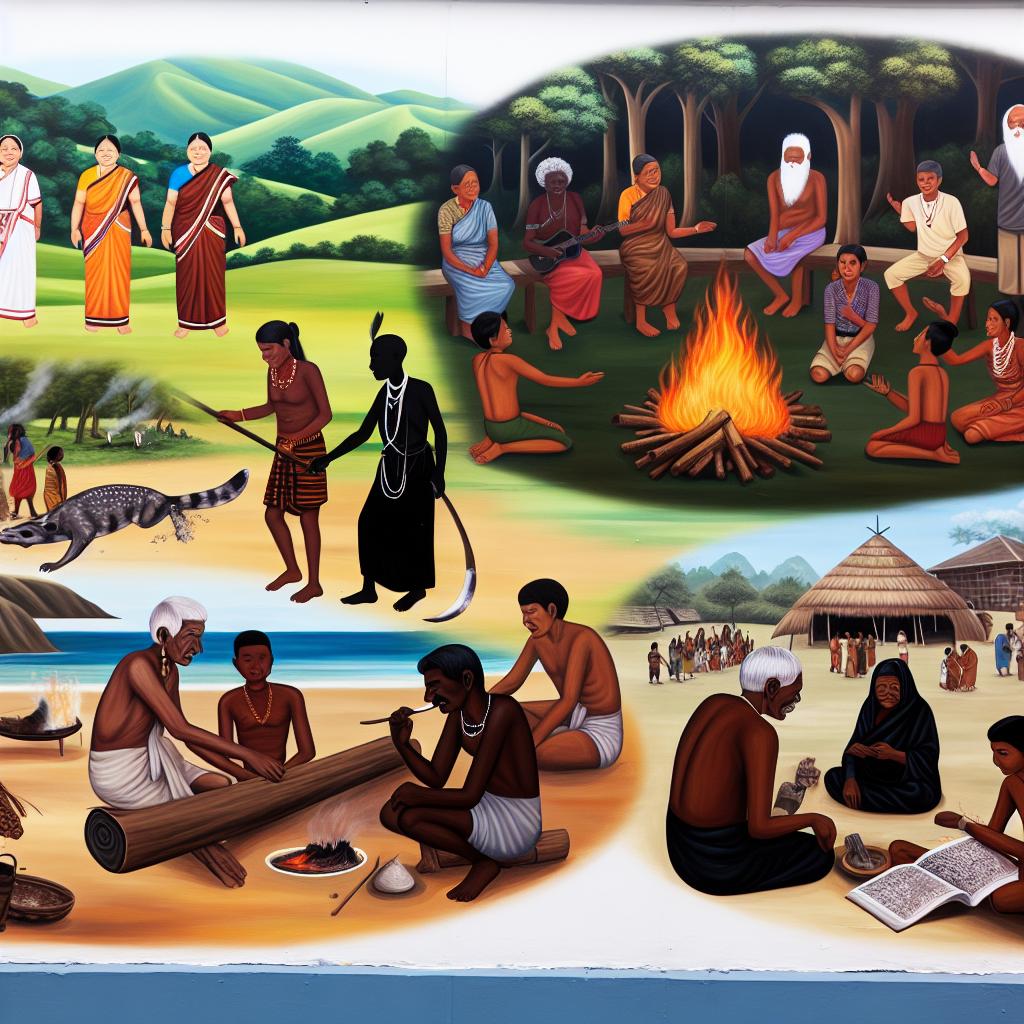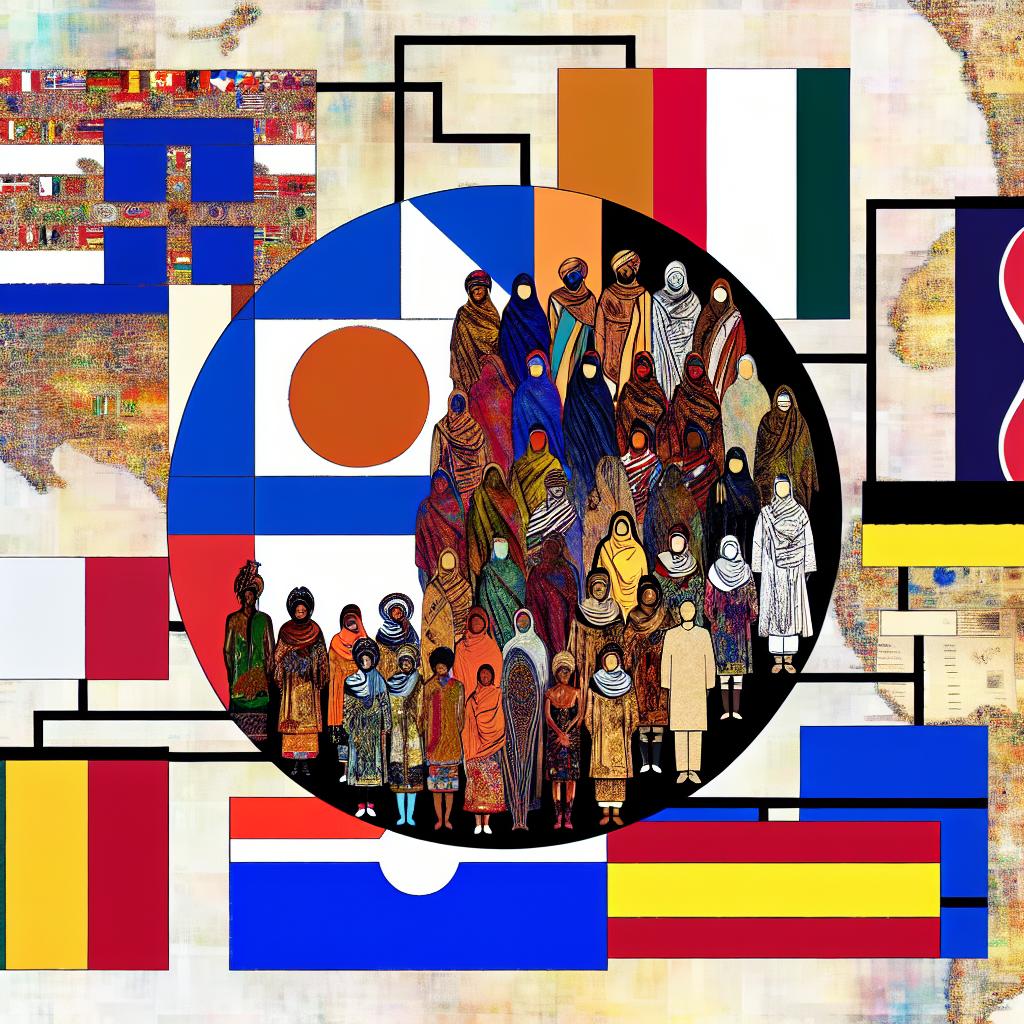Understanding Intersectionality
Intersectionality is a concept that was introduced in 1989 by Kimberlé Crenshaw, a civil rights activist and scholar. This term describes the ways in which different social and cultural categories—like race, gender, class, age, ability, and sexual orientation—overlap to create distinct experiences of oppression and privilege. The framework of intersectionality has become an essential consideration in various academic, policy, and grassroots discussions.
The Framework of Intersectionality
Defining the Concept
Intersectionality suggests that individuals or groups often experience multiple forms of discrimination simultaneously. Rather than perceiving each aspect of identity in isolation, intersectionality accentuates how various forms of discrimination are inherently interconnected and cannot be neatly separated. For instance, a Black woman’s experiences cannot be fully captured by analyzing race and gender independently. Instead, her identity is shaped by the intersection of both categories.
Historical Context
Though intersectionality is a relatively modern term, the notion itself has deep historical roots. Activists and scholars within the feminist, civil rights, and LGBTQ+ movements have historically grappled with the challenge of navigating complex identity dynamics. Prominent figures within these movements have long acknowledged that single-axis analyses of identity issues fail to capture the full range of discrimination faced by marginalized communities. The accumulated wisdom from these discussions has significantly influenced how we currently understand intersectionality as a robust analytical tool.
Implications for Cultural Discourse
Expanding the Narrative
The application of intersectionality in cultural discourse encourages the development of more comprehensive and accurate narratives. By moving beyond monolithic representations, intersectionality advocates for narratives that appreciate the intricacies of human identity. This shift results in a deeper understanding of diverse communities and the unique challenges they face.
Media Representation
Cultural discourse often intertwines with media representation. Intersectionality urges media creators to depict characters and narratives that reflect the rich variety of experiences within communities. This involves transcending typical stereotypes and considering how intersecting identities influence individuals’ lived experiences. For example, media that portrays women from different backgrounds and with various stories challenges prevalent norms and stereotypes, paving the way for more inclusive content.
Policy and Advocacy
Intersectionality serves as a critical tool for policymakers and advocates striving to address the needs of marginalized communities efficiently. By advocating for a nuanced understanding of overlapping social categories, intersectionality informs policy-making processes that are inclusive and equitable. When policies are crafted with a consciousness of intersecting identities, they ensure broader and fairer access to resources and opportunities, addressing gaps that might otherwise be overlooked.
Challenges and Critiques
While the principles of intersectionality are widely applied, challenges and critiques persist. Some critics argue that the broad and inclusive nature of intersectionality risks diluting specific issues. The expansive scope might lead to a lack of focus on individual categories of identity, which could overshadow critical nuances necessary for addressing particular forms of discrimination.
Furthermore, operationalizing intersectionality in policy and practice presents challenges. The complexity of the framework demands comprehensive consideration, which can be difficult to implement effectively. Organizations and institutions may struggle with the necessary shifts in perspective and practice inherent in adopting an intersectional framework.
Efforts to Address Challenges
Despite these critiques, efforts to navigate these challenges continue. Academic circles and advocacy groups are working towards more practical applications of intersectionality, aiming to maintain its depth while improving its accessibility in policymaking and organizational settings. By developing tools and strategies that simplify its complex analyses, intersectionality can become more actionable without losing its critical inductive power.
Conclusion
Intersectionality offers a transformative approach to understanding identity and power dynamics within cultural discourse. While it prompts individuals and institutions to rethink traditional narratives, it also provides a valuable framework for constructing a more equitable and inclusive society. By encouraging a shift away from single-axis analyses of identity, intersectionality celebrates and genuinely engages with the complexity and richness of human experiences. Embracing this framework enables a deeper appreciation of the ways in which identity intricacies shape lived experiences, thereby fostering more inclusive practices and policies.
Undoubtedly, the journey to fully integrating intersectionality into all societal dimensions requires ongoing commitment and adaptation. However, the benefits of a society that truly understands and values the varied threads of identity promise a fairer, more equitable future for all.



